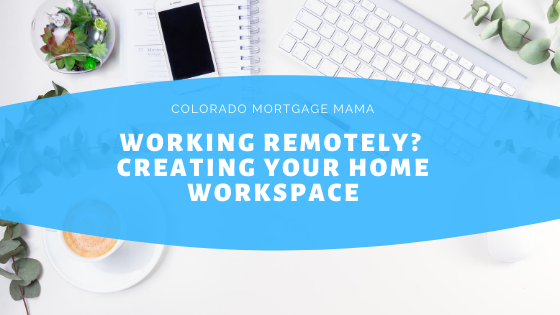How to Organize a Playroom
All of the time that kids have spent at home lately, thanks to the COVID-19 outbreak, has probably left you with a disorganized and chaotic house.
This is especially true of your child’s playroom. With the holidays coming up, you might want to get this area under control before you add even more items to their play area.
Here are tips to get the chaos of your child’s room under control and organize their playroom:
- Sweep through the room for trash — Before you try to do any organizing, you need to get rid of some of the items your child doesn’t need anymore. First, throw out any items that are broken. This includes toys that are falling apart, puzzles or games that are missing pieces, and anything else that is trash. Make sure you do this alone. Your kids may get a little sentimental and want to hold on to broken items and you don’t need that. Now is the time to absolutely get rid of whatever is broken.
- Clear out items to donate — Now that you’ve gotten rid of the broken toys, go through with your child and help them pick out toys that they don’t play with anymore. Point out to them that it is especially nice to help those who are less fortunate by donating toys, games, and puzzles. Encourage them to practice charity and, at the same time, clean out the room as much as possible.
- Get a system of bins — Playrooms don’t tend to be very big and you want to maximize as much floor space as possible so your child can actually play. To do this, get a bin system that is vertical and goes higher rather than taking up a lot of horizontal space in the room. Get multiple smaller bins instead of one large “toy box.” With the toy box, your child will throw everything out as he or she looks for that one toy they want to play with. With smaller bins, they have less things to go through to find what they want. Also, use clear plastic bins so you can see inside easily.
- Sort by type — After you set up the bins, organize and label them by categories. If your child loves race cars, then you might want to create a bin to just hold these. If they are into board games, then separate those into an individual bin. Whatever system works best for you is ok, but it is essential to have some kind of system.
- Only get down one bin at a time — Your child might have a couple of toys that they always gravitate towards. But if you want to get them to play with a variety of toys, you might want to consider only getting out one bin a day. This way, your child has fewer options and doesn’t feel overwhelmed. And, if the bins are stacked up, they won’t be able to get into the other toys that you haven’t put out for them. Plus, cleaning up one bin is a lot easier than five or six bins.
Getting your child’s room clean and organized isn’t just an important activity for keeping your home orderly. It’s also an important practice to help teach your child so that they can learn responsibility and how to keep themselves organized as they get older.
**********










